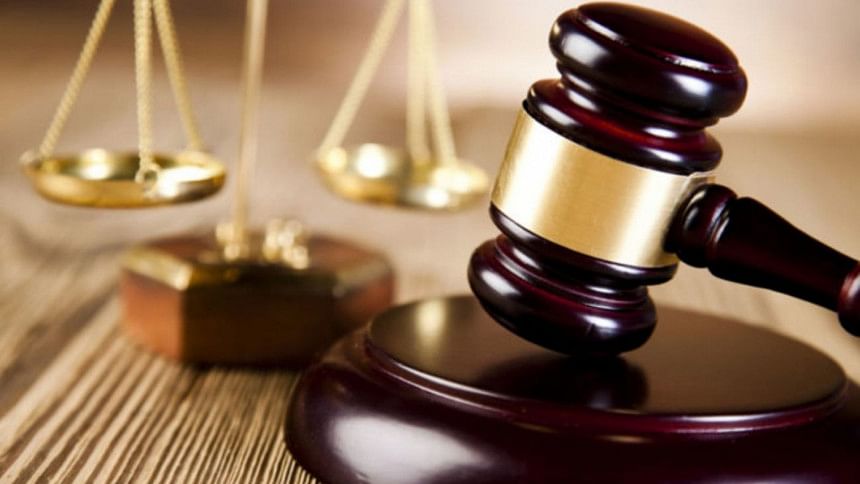Can judicial decentralisation become a reality in Bangladesh?

The Supreme Court of Bangladesh is the highest court of law in the country consisting of two divisions, the High Court (HC) Division and the Appellate Division. The only Supreme Court of Bangladesh sits at the capital city while subordinate courts are present in every district of the country. The Supreme Court is where people from all over the country come to get the ultimate solution to their grievances. This creates a backlog of cases which is why the judges are organised into "benches". These permanent divisional benches allow more cases to be handled in less time. The Judges of the Supreme Court of Bangladesh hear proceedings in these benches all year long, located in Dhaka.
A "Circuit Bench" is, however, High Court branches established in other districts of the country. Judges may move once or twice a year to these circuit benches. It is a common practice around the world, but even when granted by its Constitution, it is yet to be permanently established in Bangladesh.
History of Circuit Benches in Bangladesh
Article 100 of the Constitution of Bangladesh expressly talks about Circuit Benches of the High Court. It states, "The permanent seat of the Supreme Court shall be in the capital, but sessions of the High Court Division may be held at such other place or places as the Chief Justice may, with the approval of the President, from time to time appoint." It was included by the Father of the Nation Bangabandhu Sheikh Mujibur Rahman in 1972.
The Bangladesh Supreme Court Rules of the High Court Division also talks about Circuit Benches in its third chapter. It states that "in exercise of its several jurisdictions of the High Court Division, one or more judges may hold session(s) at such place or places and at such times as the Chief Justice may, with the approval of the President, determine under Article 100 of the Constitution."
HM Ershad, after coming into power in 1982, decided to establish permanent benches of the High Court in each divisions of the country. Through a Martial Law Proclamation (2nd Amendment) Order of 1982, three permanent benches of the HC were set up in Jashore, Rangpur and Cumilla. Two years later, three more divisions, namely Barishal, Chattogram and Sylhet got their own High Court benches. This bold move by the then-president to decentralise the judiciary reduced the sufferings, time and cost of litigation in favour of the masses. To make such changes permanent, the Constitution was amended (7th Amendment) to legalise these benches. However, the joy was short-lived.
The decentralisation affected the lawyers' interest as their client base reduced drastically. A reputed Barrister filed a petition challenging the legality of the six circuit benches but that was turned down. Eventually, lawyers all around the country formed an alliance and demanded withdrawal of the benches. After a series of protests over the years, the Appellate Division had finally nullified the decentralisation in 1989 to restore peace in the legal arena.
Circuit benches around the world
Circuit benches or Circuit Courts are temporary courts established for a specific time of the year. England and Wales are divided into six regions for the court system, for example, the Northern Circuit, Western Circuit or Midland Circuit. Members of these courts are High Court Judges, Circuit Judges and District Judges.
In India, there are 24 High Court benches present together with the Supreme Court of India. The jurisdiction of each High Court is over a state or a union and is governed by Article 214 of Chapter V of the Indian Constitution. Very recently, the circuit bench of the Calcutta High Court was opened in Jalpaiguri, India.
In Pakistan, there are five High Courts, each based in the capital city of its provinces. After the 1947 partition, the Dhaka High Court was one of them, according to Article 170 of its 1956 Constitution.
Can we rectify our mistake?
At present there are no circuit benches of the HC anywhere in Bangladesh. Now, after thirty years, the same Bangladeshi lawyers who demanded the withdrawal of circuit benches are requesting for establishing them again. Lawyers from Chattogram urged the Chief Justice that it will help quicker disposal of cases and will save time and costs for the litigants of the port city. They even formed a "High Court Circuit Bench Bastabayan Parishad" (High Court Circuit Bench Implementation Council) whose convener stated that out of 28 lakh cases in courts, 1.75 lakh were filed in Chittagong city. Chattogram City Corporation mayor AJM Nasir Uddin also underscored the need for such a bench and requested the ministry concerned to take the initiative to establish a circuit bench in the city.
There have been top-level assurances about setting up a HC bench in Sylhet as well. Moreover, Law Minister Anisul Huq had a similar opinion when asked about circuit benches at the Q&A session of the Parliament. He stated that since the judiciary is now independent, the government has little role to play. Hence, this remained limited to only statements having no signs of execution.
A circuit bench in every division of the country would make steady disposal of cases. The litigants would be able to save time and expenses as they could access the High Court easily without having to travel to Dhaka. The burden of cases at the Supreme Court would considerably be reduced. People from remote areas of the country would have easy access to the benefits of the judiciary. If this is not the spirit of our Liberation War, then what is? Our past mistake of rejecting the idea can be rectified by our collective efforts and unity at present. The Bangladeshi legal fraternity must look beyond their personal interests for the greater good of the citizens.
Aiman R Khan is an advocate at the Dhaka Judge Court.

 For all latest news, follow The Daily Star's Google News channel.
For all latest news, follow The Daily Star's Google News channel. 



Comments